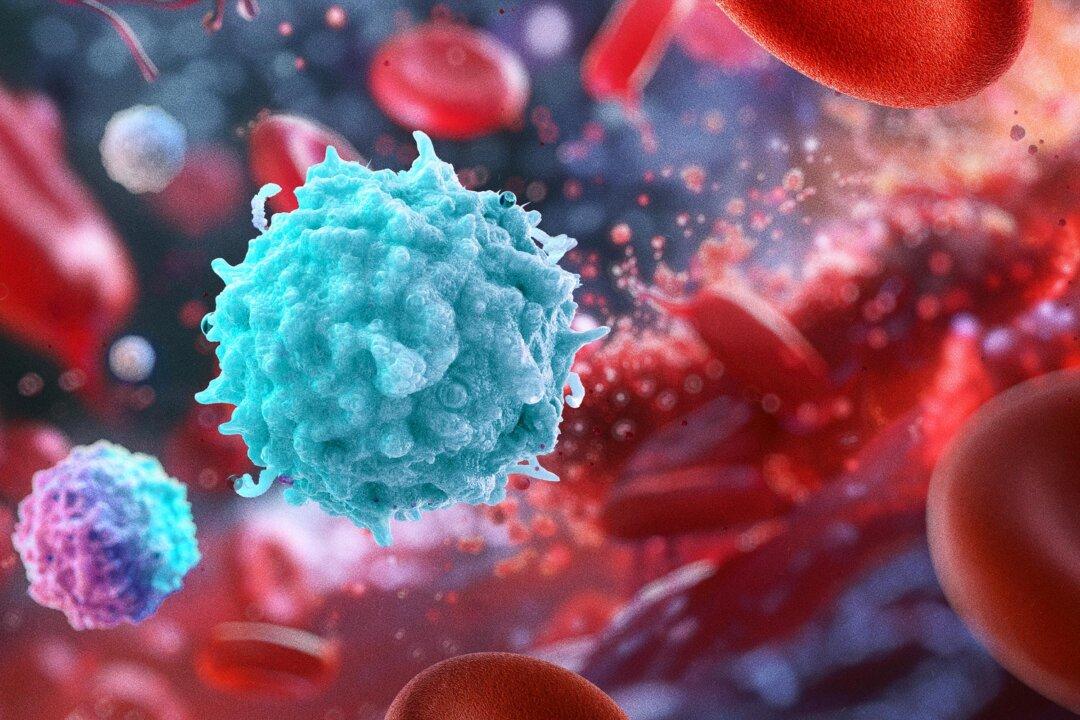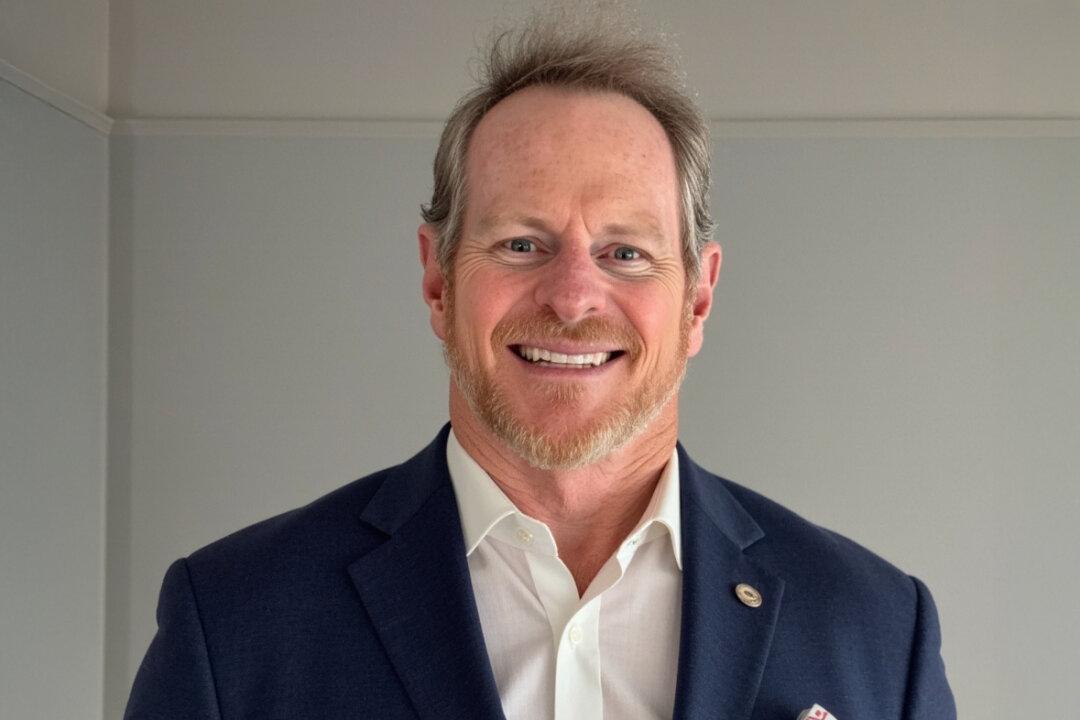Sex can be a powerful drive. And it’s always been a fascinating subject. In the past, this fascination was limited to imagination and experience. Today, you can go online and see a vast pornography library. No imagination or experience necessary.
But we may be paying a high price for making this once sacred veil so easy to lift. A growing number of researchers, legislators, and even former porn stars all warn that widespread exposure to internet pornography is bad for society, and harms the people who use it.






